June 18, 2025
Digha Jagannath Temple: A New Beacon of Devotion in Coastal Bengal
CM Content Team

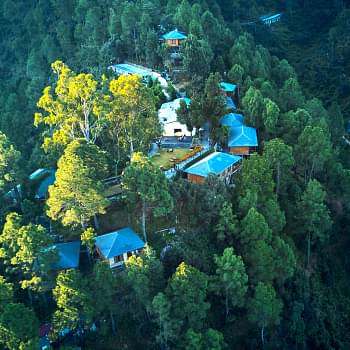
View all
140+
Resorts
June 18, 2025
CM Content Team
Among the many emerging spiritual landmarks of India, the Digha Jagannath Temple stands out as a modern marvel that combines architectural brilliance with deep religious significance. Located in the vibrant seaside town of Digha in West Bengal, this temple has quickly become a focal point of spiritual tourism and cultural pride. Built to mirror the grandeur of the original Jagannath Temple in Puri, this new shrine extends the reach of the Lord's worship to the eastern shore of Bengal.
This blog explores the history, design, significance, and practical visitor information about the Digha Jagannath Temple, providing a comprehensive guide for devotees and travellers alike.
Best Time to Visit Digha Jagannath Temple
The Vision Behind the Temple
Architectural Brilliance
The Deities and Daily Worship
Cultural Significance
Visitor Information
Nearby Attractions
How to Reach Digha Jagannath Temple
Spiritual Discovery & Scenic Relaxation: 2-Day Itinerary
Travel Tips
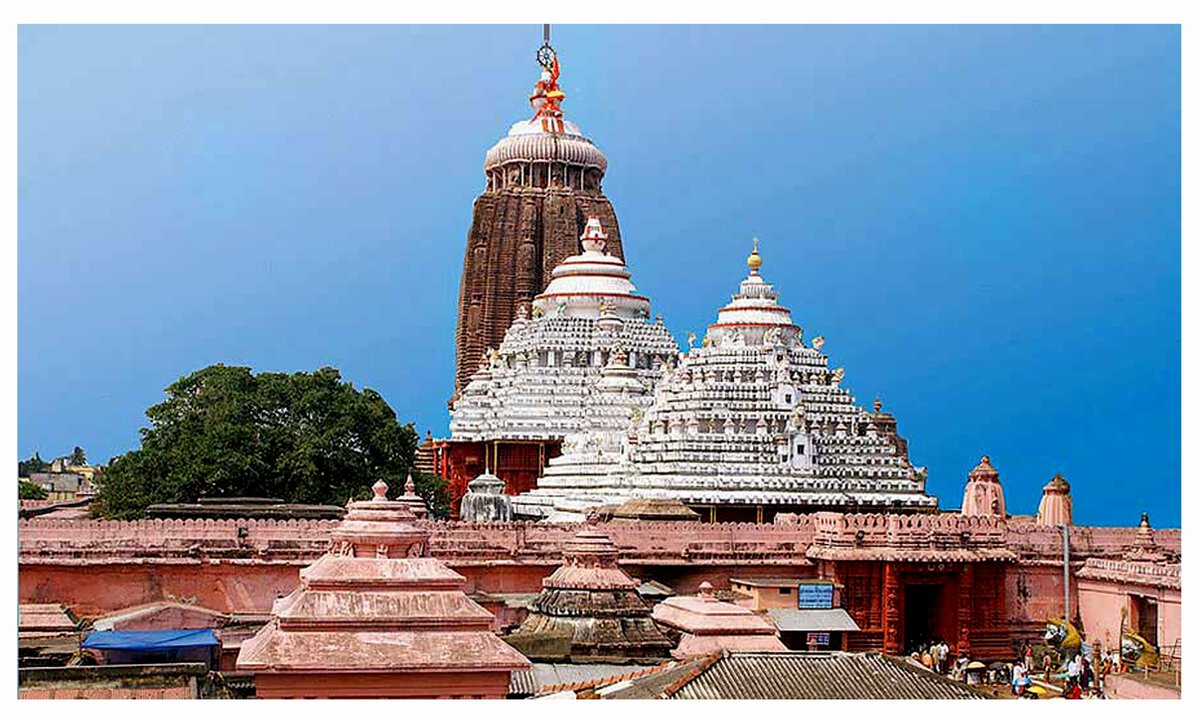
The best time to visit Digha and the Jagannath Temple is from October to February. During these winter months, the weather is cool, dry, and ideal for sightseeing, temple visits, and beach activities. Temperatures range between 15°C to 25°C, making it perfect for both spiritual and leisure travel.
Avoid the monsoon season (June to September) as heavy rains can disrupt travel plans. Summers (March to May) can get hot and humid, though early mornings and evenings remain manageable for visits.
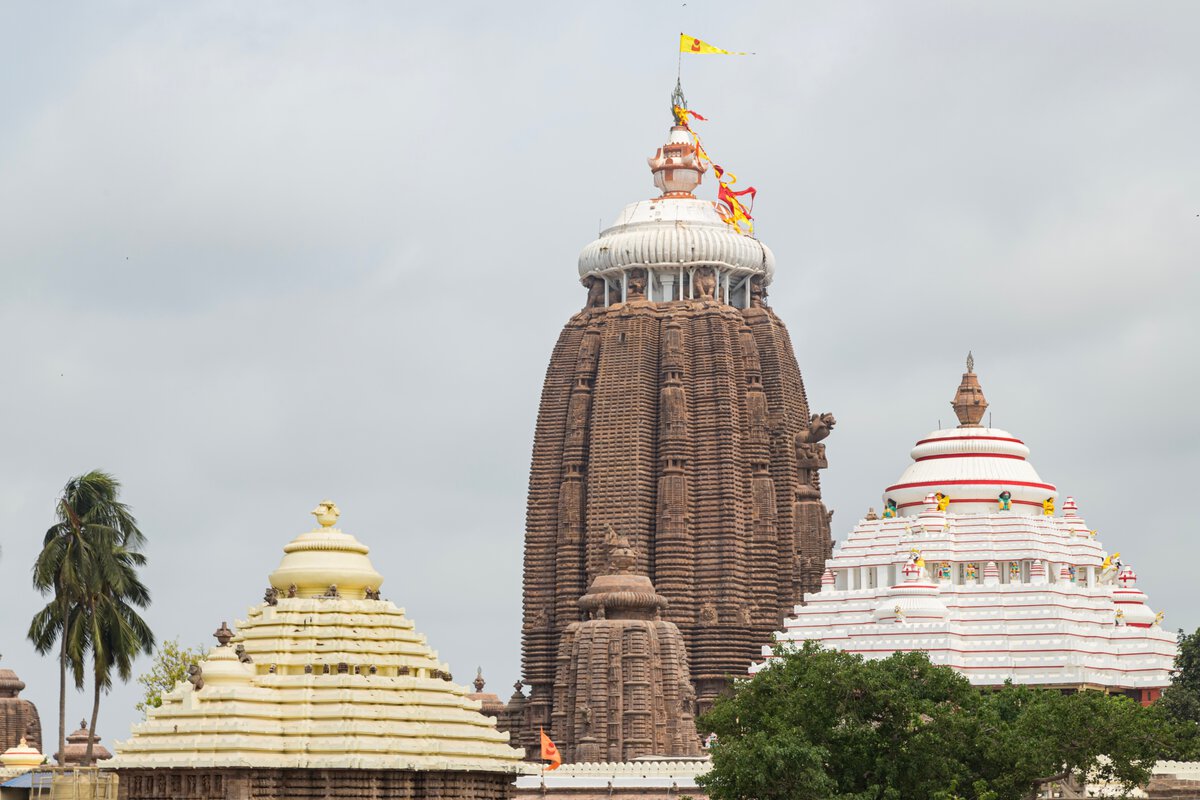
The idea of constructing a Jagannath temple in Digha was proposed in 2018 by West Bengal’s Chief Minister. Inspired by Digha’s potential as a cultural and tourist hub, the goal was to create a sacred space that also draws visitors throughout the year. By doing so, the temple would not only enrich the spiritual landscape but also stimulate local economic development through tourism.
Construction of the temple began in May 2022 under the supervision of the West Bengal Housing Infrastructure Development Corporation (HIDCO). After almost three years of dedicated work, the temple was inaugurated on April 30, 2025, aligning with Akshaya Tritiya, a highly auspicious date in the Hindu calendar.
Architectural Brilliance:
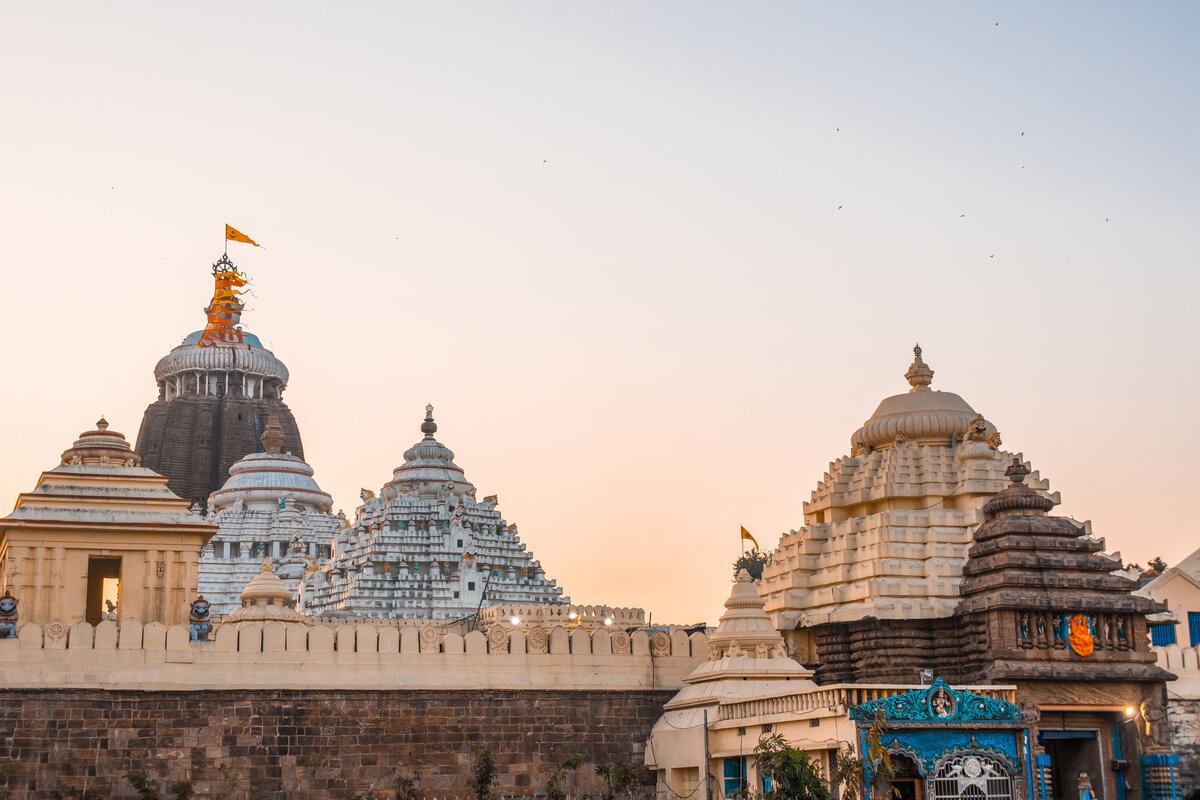
The Digha Jagannath Temple is a striking replica of the Puri temple and embodies the traditional Kalinga architectural style. The structure reflects both ancient artistic values and modern construction standards, ensuring that it remains resilient and beautiful for generations.
Key Highlights:
Every inch of the temple is adorned with intricate carvings that depict mythological stories and divine motifs, offering visitors not only spiritual fulfilment but also an artistic feast for the eyes.
The Deities and Daily Worship:
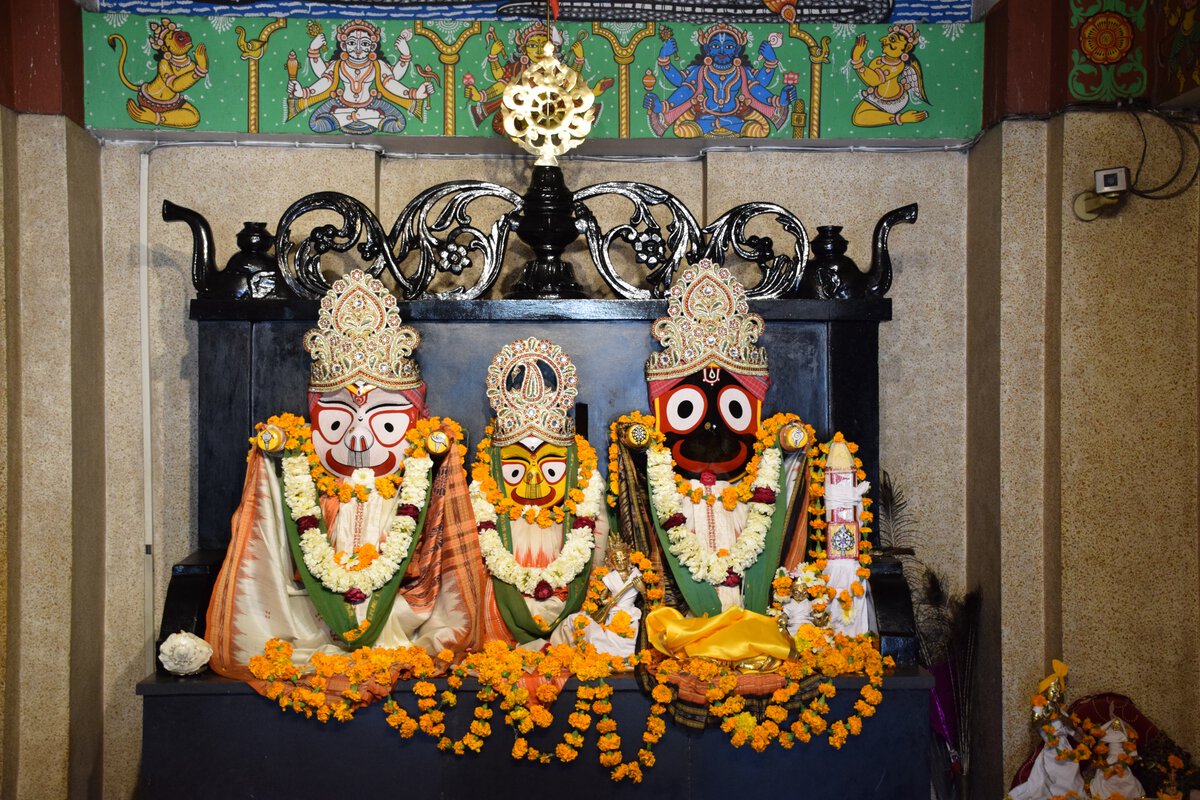
The temple is dedicated to the revered triad of Lord Jagannath, Lord Balabhadra, and Goddess Subhadra. The idols are carefully sculpted from stone and placed within the sanctum where daily rituals are performed with devotion.
Daily Worship Includes:
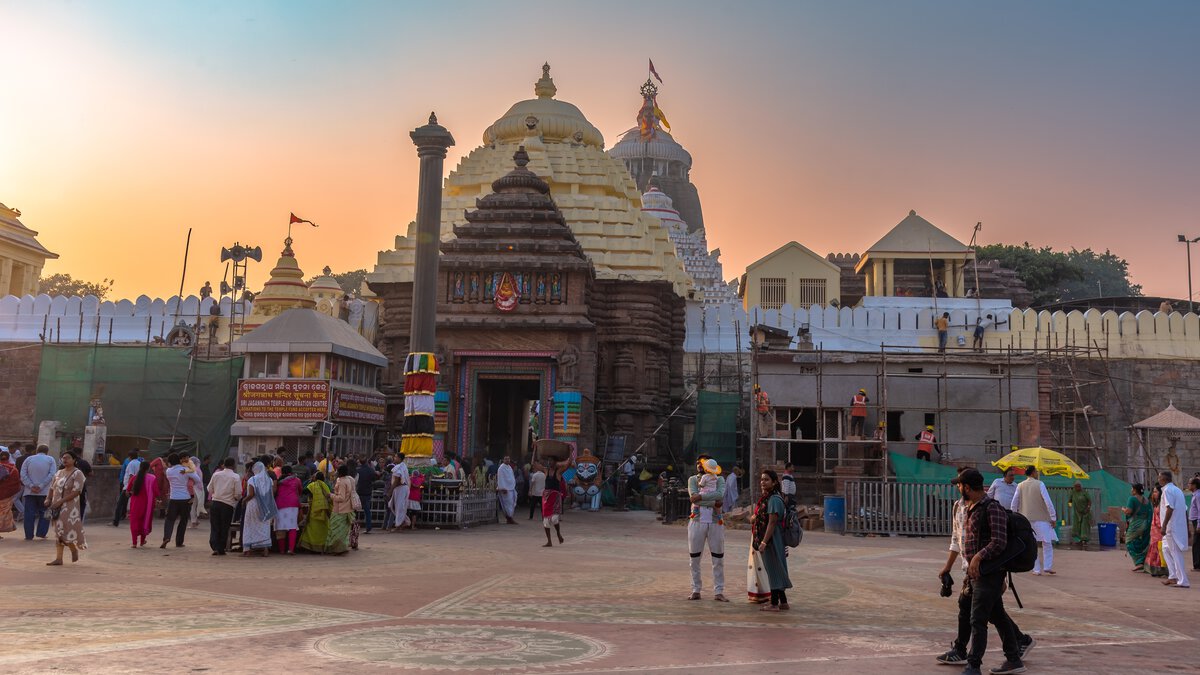
Digha has long been known as a beach destination, but the addition of the Jagannath Temple has turned it into a well-rounded travel locale where spiritual and recreational tourism coexist. The temple contributes to preserving and celebrating Hindu traditions, bringing a slice of Odisha’s Puri heritage to West Bengal.
The temple also serves as an educational and cultural hub, often hosting spiritual discourses, devotional music performances, and workshops on Vedic teachings and Indian art.
Visitor Information:
If you’re planning to visit the Digha Jagannath Temple, here are some useful details:
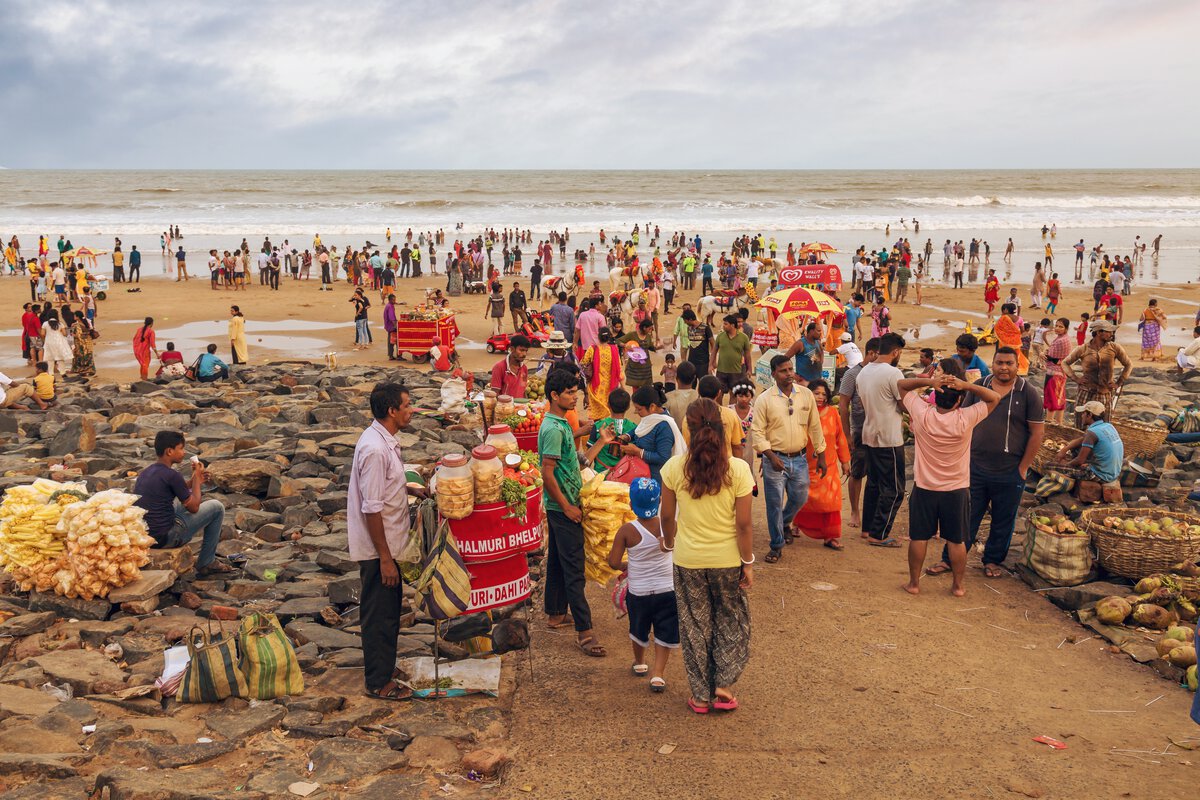
While in Digha, don’t miss out on the following places that complement your temple visit:
By Train:
The nearest railway station is Digha Railway Station (DGHA), located just about 2 km from the temple. It is well-connected to Howrah and Sealdah with regular trains like the Tamralipta Express and Kandari Express.
By Road:
Digha is approximately 185 km from Kolkata and can be easily reached via NH16 and NH116B. State-run and private buses operate frequently from Esplanade and Howrah. Taxis and self-drive options are also available.
By Air:
The nearest airport is Netaji Subhas Chandra Bose International Airport, Kolkata, about 195 km away. From the airport, you can hire a cab or take a train from Howrah to reach Digha.
Day 1:
Morning:
5:30 AM – 7:00 AM: Start your day early with Mangala Aarti at the Digha Jagannath Temple. Witness the serene morning rituals and spend some quiet time at the temple.
7:00 AM – 8:00 AM: Enjoy a traditional breakfast at a local eatery near New Digha.
Mid-Morning:
8:30 AM – 10:00 AM: Head to Amarabati Park. Take a peaceful boat ride and then enjoy the ropeway for aerial views of the gardens and surroundings.
10:00 AM – 11:30 AM: Explore the Marine Aquarium and Research Centre (MARC). Take your time to enjoy the marine displays and learn about exotic sea creatures.
Afternoon:
12:00 PM – 1:30 PM: Lunch at a seafood restaurant near Digha Beach (try prawn curry, crab masala or fish thali).
1:30 PM – 3:00 PM: Return to your hotel for a rest or spend time at the temple gardens.
Evening:
4:00 PM – 6:00 PM: Enjoy the Sandhya Aarti at Jagannath Temple. The sunset ambience adds to the spiritual experience.
6:00 PM – 7:30 PM: Head to Digha Beach for sunset views, a peaceful walk along the shore, or some street shopping and beach snacks.
Dinner: Try a local Bengali restaurant or resort buffet.
Day 2: Offbeat Beaches and Coastal Serenity
Morning:
7:30 AM – 9:00 AM: Begin your day with a visit to Udaipur Beach. Less crowded and peaceful, perfect for early morning photography or a calming stroll.
9:00 AM – 10:30 AM: Move on to Shankarpur Beach. Enjoy views of fishing boats, click some coastal shots, and experience a more rustic beachside vibe.
Midday:
11:00 AM – 1:00 PM: Brunch at a seaside shack near Shankarpur/Udaipur offering local fish delicacies.
1:00 PM – 2:30 PM: Return to your hotel to freshen up and pack up.
Afternoon (Optional)
2:30 PM – 3:30 PM: Pay a final visit to the Jagannath Temple for a last round of darshan or to sit in the peaceful gardens.
4:00 PM onward: Departure or leisure time at New Digha Market for souvenirs.

Keep sunscreen, hats, and water handy for beach trips.
Early mornings and evenings are best for temple and beach visits to avoid heat and crowds.
The Digha Jagannath Temple is more than just a place of worship, it’s a symbol of cultural revival, spiritual accessibility, and architectural beauty. For devotees, it provides the blessing of Lord Jagannath closer to home. For travellers, it adds a divine dimension to the Digha experience. And for the local community, it represents growth, pride, and opportunity.
Whether you’re visiting for a quick darshan, participating in a festival, or simply admiring its artistic grandeur, the temple promises a memorable and enriching experience. As the temple continues to evolve, it stands poised to become one of India’s most admired spiritual destinations, uniting tradition with the pulse of modern devotion.
In which month is the Digha Jagannath Temple closed to devotees?
Like the Puri temple, the Digha Jagannath Temple also observes the Anavasara period, typically in June or July, during which the deities are believed to be unwell and are kept away from public view for about 15 days. During this time, the main sanctum remains closed for darshan.
In which state is Digha Jagannath Temple located?
The Digha Jagannath Temple is located in New Digha, which is part of the Purba Medinipur district in the state of West Bengal.
Is there any Club Mahindra Resort in Madhya Pradesh?
Yes, Club Mahindra has a resort in Madhya Pradesh. Club Mahindra Kanha is located near the famous Kanha National Park in Mocha Village. This resort in Kanha offers comfortable stays, jungle safaris, nature walks, and local craft experiences. It's a great base for exploring the rich wildlife and forest landscapes of Madhya Pradesh.
Club Mahindra membership offers access to over 140+ Club Mahindra resorts worldwide, perfect for family vacations. It allows members to holiday every year with easy booking and flexible travel options. From beaches to mountains, the destinations cover a wide range of experiences. It’s a simple way to make travel a regular part of your lifestyle.
Mahindra Holidays & Resorts India Ltd. (MHRIL), a part of Leisure and Hospitality sector of the Mahindra Group, offers quality family holidays primarily through vacation ownership memberships and brings to the industry values such as reliability, trust and customer satisfaction. Started in 1996, the company's flagship brand ‘Club Mahindra’, today has over 300,000 members , who can holiday at 140+ resorts in India and abroad.
We use cookies to personalise content and to provide you with an improved user experience.By Continuing to browse this site you consent to the use of cookies.Please visit our cookie policy for further details.

Welcome to ClubMahindra.com In order to provide a personalised experience for you, we use cookies to enable some website functionality. Cookies help us see which articles most interest you; allow you to easily share articles on social media channels; permit us to deliver content personalised to your interests and locations; along with many other site benefits. For more information, please review our Cookie Policy
When you visit any website, it may store or retrieve information on your browser, mostly in the form of cookies. This information might be about you, your preferences or your device and is mostly used to make the site work as you expect it to. The information does not usually directly identify you, but it can give you a more personalized web experience. Because we respect your right to privacy, you can choose not to allow some types of cookies. Click on the different category headings to find out more and change our default settings. However, blocking some types of cookies may impact your experience of the site and the services we are able to offer.
Because we respect your right to privacy, you can choose not to allow some types of cookies and you have the right to withdraw your consent by send a mail to email id [email protected]
These cookies are essential in order to enable you to move around the site and use its features, such as accessing secure areas of the site. Without these cookies, services you have asked for cannot be provided.
These cookies allow us to employ data analytics so we can measure and improve the performance of our site and provide more relevant content to you. These cookies don't collect information that identifies a visitor down to an individual level that is available to us. These cookies are not passing personally identifiable information to any external third party other than in limited cases when we engage a service provider to act on our behalf but who is then unable to use the data for their own purposes.
Performance cookies are generally third-party cookies from vendors we work with or who work on our behalf that collect information about your visit and use of the Club Mahindra website, for instance which pages you visit the most often, and if you get error messages from web pages. These cookies don't collect information that identifies a visitor. All information these cookies collect is anonymous and is only used to improve your overall experience on how the website works. Third party vendors may have access to this data and may use it to improve their overall services and offerings.
Functionality cookies allow a site to remember choices you make (such as your user name, language or the region you are in) and provide more enhanced, personal features. These cookies cannot track your browsing activity on other websites. They don't gather any information about you that could be used for advertising or remembering where you've been on the Internet outside our site.
Third-party advertising and social media cookies are used to (1) deliver advertisements more relevant to you and your interests; (2) limit the number of times you see an advertisement; (3) help measure the effectiveness of the advertising campaign; and (4) understand people's behaviour after they view an advertisement. They are usually placed on behalf of advertising networks with the site operator's permission. They remember that you have visited a site and quite often they will be linked to site functionality provided by the other organization. This may impact the content and messages you see on other websites you visit. If you do not allow these cookies you may not be able to use or see certain these sharing tools content on our website.